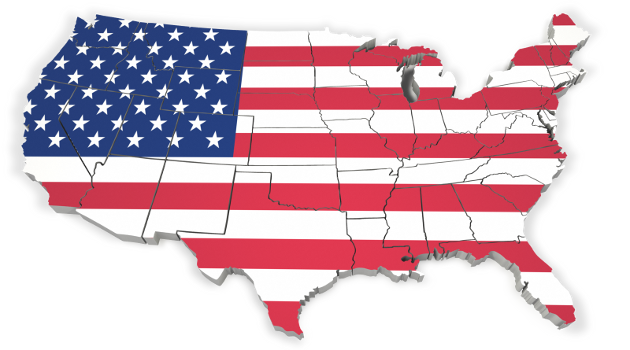Following their recent assessment of the best and worst countries, the Tax Foundation has published its annual State Business Tax Climate Index, which is an excellent gauge of which states welcome investment and job creation and which states are unfriendly to growth and prosperity.
Here’s the list of the best and worst states. Unsurprisingly, states with no income tax rank very high, as do states with flat taxes.
It’s also no surprise to see New Jersey in last place. The state has fallen dramatically, especially considering that it was like New Hampshire as recently as the 1960s, with no state income tax and no state sales tax.
And the bad scores for New York, California, and Connecticut also are to be expected. The Nutmeg State is an especially sad story. There was no state income tax 30 years ago. Once politicians got that additional source of revenue, however, Connecticut suffered a big economic decline.
Here’s a description of the methodology, along with the table showing how different factors are weighted.
…the Index is designed to show how well states structure their tax systems and provides a road map for improvement.The absence of a major tax is a common factor among many of the top 10 states. Property taxes and unemployment insurance taxes are levied in every state,
but there are several states that do without one or more of the major taxes: the corporate income tax, the individual income tax, or the sales tax. …This does not mean, however, that a state cannot rank in the top 10 while still levying all the major taxes. Indiana and Utah, for example, levy all of the major tax types, but do so with low rates on broad bases.The states in the bottom 10 tend to have a number of afflictions in common: complex, nonneutral taxes with comparatively high rates. New Jersey, for example, is hampered by some of the highest property tax burdens in the country, has the second highest-rate corporate income tax in the country and a particularly aggressive treatment of international income, levies an inheritance tax, and maintains some of the nation’s worst-structured individual income taxes.
For those who want to delve into the details, here are all the states, along with their rankings for the five major variables.
If you want to know which states are making big moves, Georgia enjoyed the biggest one-year jump (from #36 to #32) and Kansas suffered the biggest one-year decline (from #27 to #34). Keep in mind that it’s easier to climb if you’re near the bottom and easier to fall if you’re near the top.
Looking over a longer period of time, the states with the biggest increases since 2014 are North Carolina (+19, from #34 to #15), Wisconsin (+12, from #38 to #26), Kentucky (+9, from #35 to #24), Nebraska (+8, from #36 to #28), Delaware (+7, from #18 to #11), and Rhode Island (+6, from #45 to #39).
The states with the biggest declines are Kansas (-9, from #25 to #34), Hawaii (-8, from #29 to #37), Massachusetts (-8, from #28 to #36), and Idaho (-6, from #15 to #21).
We’ll close with the report’s map, showing the rankings of all the states.
P.S. My one quibble with the Index is that there’s no variable to measure the burden of government spending, which would give a better picture of overall economic liberty. This means that states that finance large public sectors with energy severance taxes (which also aren’t included in the Index) wind up scoring higher than they deserve. As such, I would drop Wyoming and Alaska in the rankings and instead put South Dakota at #1 and Florida at #2.




